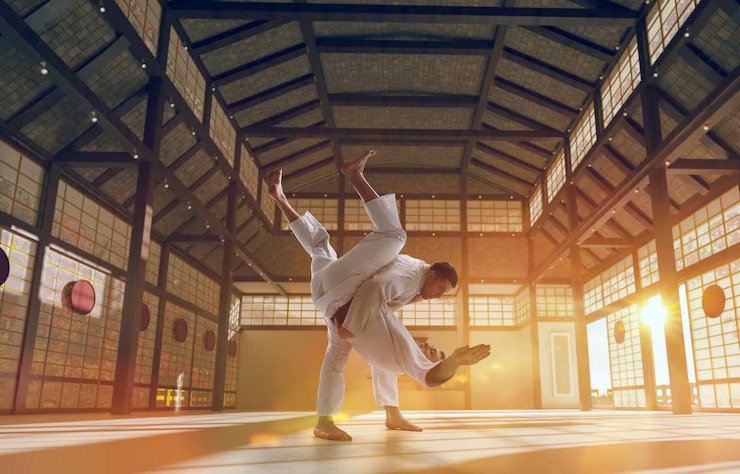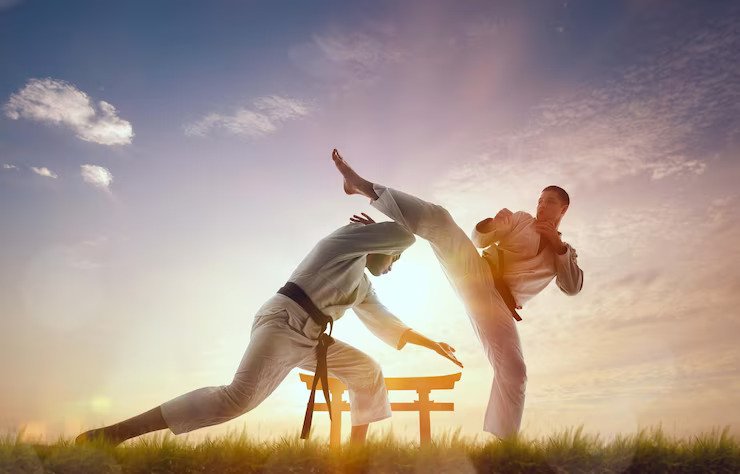If you are interested in combat sports, you have likely heard of classical and contemporary martial arts forms. Do you know what are traditional martial arts?
While both can help you defend yourself and fight more effectively, traditional martial arts have other benefits. These practices are designed to strengthen your entire being, not just your fighting skills.
Characteristics
- Emphasis on discipline and respect: Traditional martial arts emphasize strict adherence to rules, etiquette, and traditions.
- Emphasis on physical conditioning: Traditional martial arts prioritize physical exercise as a means of developing strength, endurance, flexibility, and agility.
- Focus on self-defense: Traditional martial arts were developed for self-defense and protection. As such, techniques and strategies focus on practical, real-life applications.
- Emphasis on mental and emotional development: Traditional martial arts emphasize cultivating mindfulness, focus, and dynamic control.
Popular Traditional Martial Arts

The most well-known traditional martial arts are listed below.
Karate
Karate training is beneficial in every aspect of one’s existence. It enhances strength, coordination, and agility on a physical level. Mentally, it enhances your reasoning, composure, and self-assurance.
Judo
Judo emphasizes grappling and wrestling techniques. Most individuals believe that Judo is the most brutal martial art to master. It is hard on the body and involves complex techniques, making it difficult for novices to experience progress.
Kung Fu
Kung Fu is a fusion of various combat styles, much like kickboxing is today. There are numerous Buddhist, Confucian, and Taoist philosophies as well. Teaching kids to respect their elders, instructors, and parents is a top priority.
Advantages
- Physically, conventional martial arts instruction offers strategies of self-defense that can be applied in training scenarios and real-life circumstances.
- To succeed in traditional martial arts, students must learn to channel their energy rather than let it be directed toward negative emotions like wrath or fear.
- Martial arts training can be emotionally beneficial since it helps students feel accepted by their peers and teaches them to believe in their talents.
- Breath control is a crucial component of many traditional martial arts practices, and it helps its practitioners remain composed under pressure.
- As they go from novice to expert, traditional martial arts students develop a sense of mastery that can benefit their emotional health and sense of identity.
Safety Considerations

- Using protective gear and clothing is the first step toward practicing traditional martial arts safely. The necessity of extra safety equipment depends on the nature of the action being performed.
- Being hydrated is essential for peak performance in any physical activity; drink plenty of water before and after training sessions and avoid sugary drinks, energy drinks, and alcohol.
- It is essential to stretch before physical activity gently yet effectively.
- Finally, training under a knowledgeable instructor who can help you take the precautions necessary to avoid harm when engaging in traditional martial arts disciplines is essential.
Conclusion
Despite the rise of ‘easier’ alternatives, traditional arts thrive. Even if you do not think you will ever use the extra training and routines, you’ll be surprised. Remember that mastering classic subjects may require more concentration and perseverance.
Read Also:




























